Overcome the challenge of teaching collective nouns with these engaging strategies and activities, designed to make learning fun and effective.
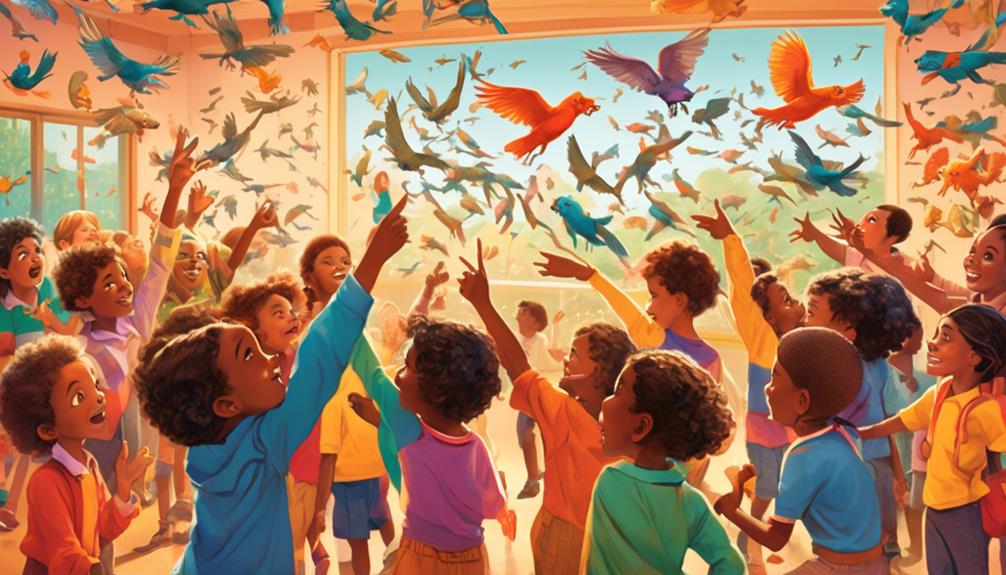
How to Teach Collective Nouns
In the colorful world of language learning, the black and white of singular and plural nouns suddenly bursts into a rainbow of complexity when collective nouns enter the picture. You're tasked with guiding your students through this nuanced terrain, making sure they grasp the concept that a 'flock' refers to multiple birds, yet it's treated as a singular entity.
It's not always straightforward, and the echoes of 'but why?' might still be ringing in your ears. But, with the right strategies and engaging activities, you'll equip your students with the knowledge they need.
Ready to uncover the secrets of teaching collective nouns effectively?
Key Takeaways
- Collective nouns represent a group or collection of people, animals, or things and express the idea of unity or collection.
- Collective nouns can be used in singular or plural context depending on whether the group is acting as one or individuals within the group are acting separately.
- Teaching strategies for collective nouns include starting with familiar collective nouns, introducing less common ones through fun activities, using visual aids, and incorporating interactive methods like story creation or scavenger hunts.
- Common mistakes with collective nouns include using a singular verb when the group acts as one unit and treating collective nouns as plural when the group is acting as individuals. It is important to practice and reinforce the correct usage of collective nouns.
Understanding Collective Nouns
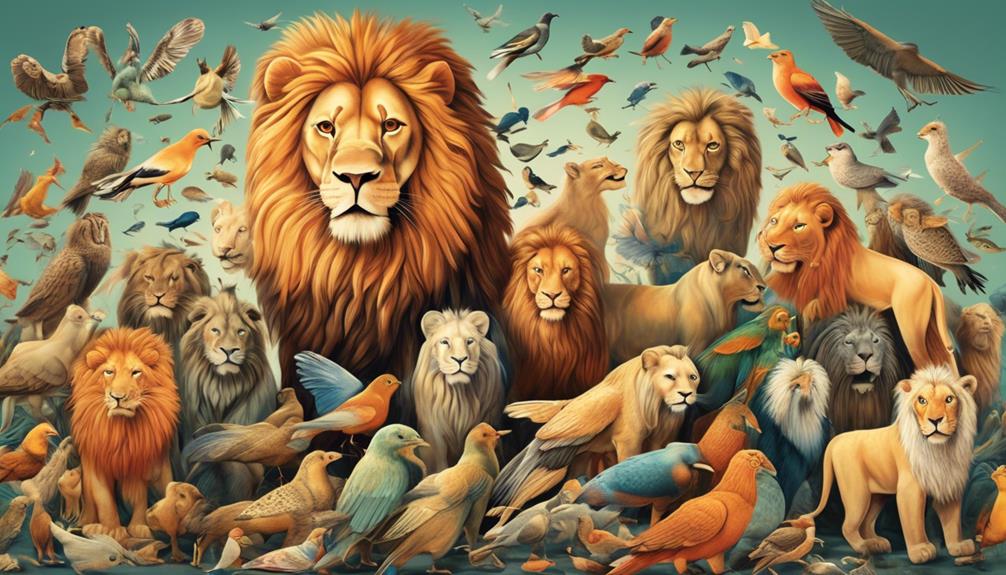
Let's dive into understanding collective nouns, a unique class of nouns that represents a group or collection of people, animals, or things. It's important to note that these nouns aren't just about quantity; they fundamentally express the idea of unity or collection. You're probably already familiar with some examples: a 'herd' of cows, a 'flock' of birds, or a 'team' of players.
But it's not always so straightforward. Some collective nouns can be particularly quirky, like a 'murder' of crows or a 'parliament' of owls. Don't let these oddities throw you off; they're just part of the rich tapestry of the English language.
The key to mastering collective nouns lies in understanding whether they're being used in a singular or plural context. Usually, if the group is acting as one, the verb is singular. For instance, 'The team wins the game.' But if individuals within the group are acting separately, the verb is plural. For example, 'The team argue amongst themselves.' Stick to these rules, and you'll have a firm grasp on collective nouns.
Teaching Strategies for Collective Nouns
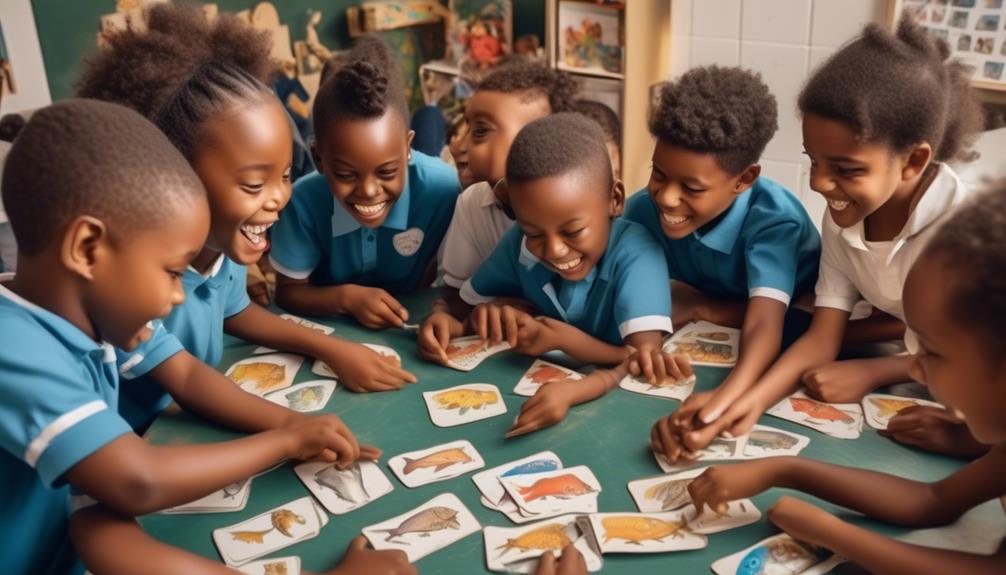
Now, it's time to explore some effective strategies you can employ to teach collective nouns in an engaging and comprehensive manner. Remember, collective nouns are words used to describe a group or collection of people, animals, or things. So, how do you make this concept clear to your students?
Firstly, start with familiar collective nouns. Words like 'team,' 'family,' and 'class' are everyday terms they can easily relate to. Use examples in sentences to demonstrate their usage. For example, 'The team is winning the match.'
Next, introduce less common collective nouns through fun activities, like word puzzles or matching games that pair collective nouns with their appropriate group. This can help to reinforce understanding and recall.
Also, use visual aids. Images can be powerful tools for teaching. Show pictures of a swarm of bees or a flock of birds, and ask your students to identify the collective noun.
Engaging Activities for Learning Collective Nouns
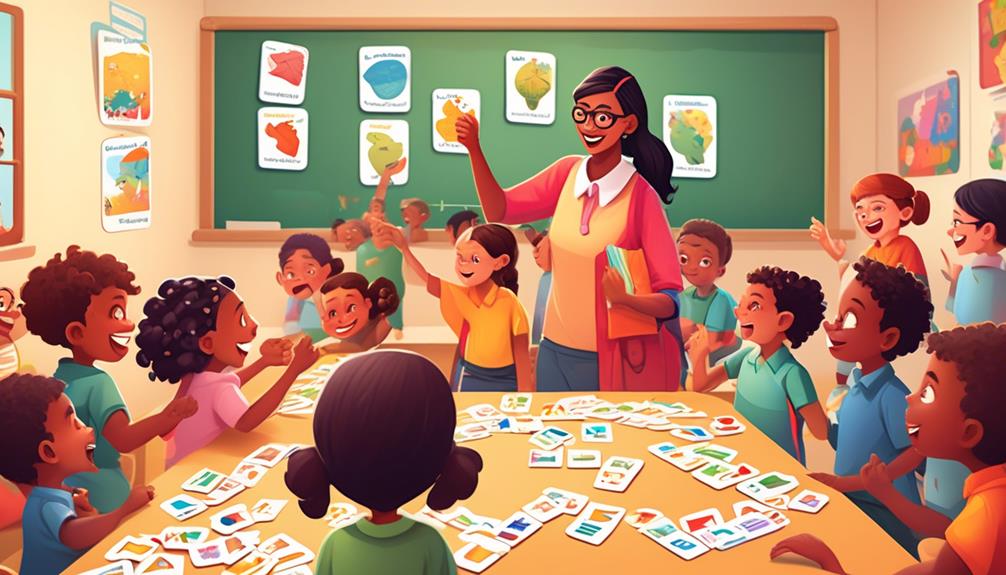
Building on the teaching strategies we've discussed, it's essential to incorporate engaging activities that make learning collective nouns a fun and interactive experience for your students. Here are a few activities you can use in your classroom.
Firstly, consider a 'match-up' game where students pair collective nouns with their corresponding group. For example, 'a pride of lions' or 'a herd of elephants'. This aids in memory retention and reinforces the concept of collective nouns in an enjoyable way.
Secondly, 'story creation' is another effective activity. Ask your students to write or narrate a story using as many collective nouns as they can. This not only tests their understanding but also sparks creativity.
A 'collective noun scavenger hunt' can also be fun. Make a list of collective nouns and have your students find examples in textbooks, novels or even around the school. They'll be learning without even realizing it!
Common Mistakes and How to Avoid Them
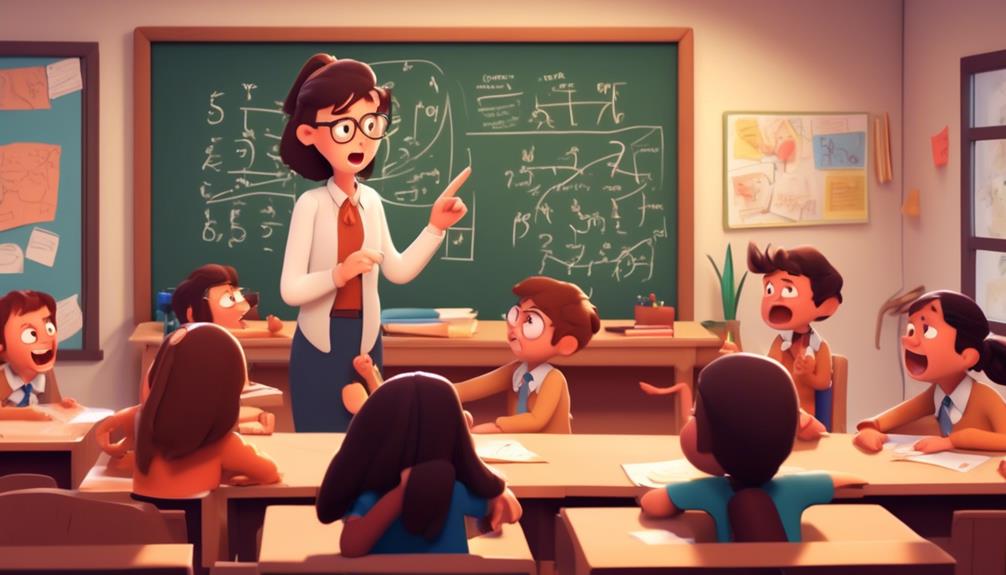
While teaching collective nouns, you might encounter common mistakes, but understanding these pitfalls can help you steer clear of them. One of the most common mistakes is using a singular verb with a collective noun when the group acts as one unit. For example, it's incorrect to say, 'The team are winning.' Instead, you should say, 'The team is winning.'
Another common mistake involves treating collective nouns as plural when the group is acting as individuals within it. You wouldn't say, 'The jury disagrees on the verdict.' The correct sentence is, 'The jury disagree on the verdict.'
To avoid these mistakes, always consider whether the group is acting as a single entity or as individuals. If the group is acting as one, use a singular verb. If the members of the group are acting individually, use a plural verb.
It might be tricky at first, but with practice, it'll become second nature. Engage in exercises to reinforce this concept, and encourage your students to do the same. Remember, patience and practice are key when mastering collective nouns.
Evaluating Students' Understanding of Collective Nouns
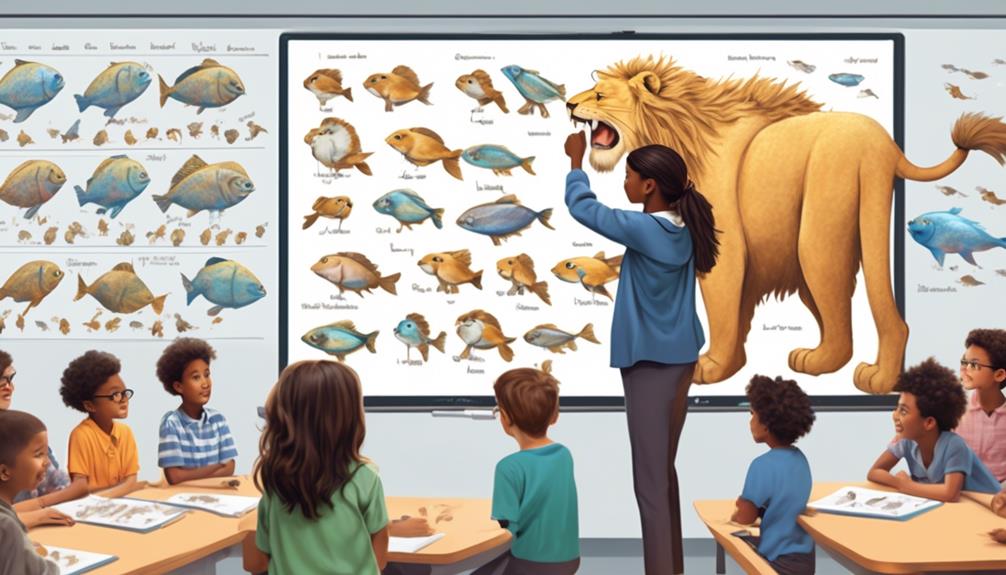
To properly assess your students' grasp of collective nouns, you'll need to implement various evaluation techniques. Traditional tests and quizzes are effective, but don't rely solely on them. You should also use interactive methods such as group work and presentations to ensure students are applying their knowledge in practical situations.
You can create a worksheet where students match collective nouns with their corresponding groups, for instance, 'a swarm of bees' or 'a herd of sheep'. Alternatively, have them complete sentences with appropriate collective nouns. This tests their recall and understanding of the concept.
Another strategy is to use real-life scenarios. For example, ask students to describe a scene at a zoo or a football match using collective nouns. This encourages them to use collective nouns creatively and contextually.
In group activities, assign roles to each member. One could be the 'collector' who identifies collective nouns, another could be the 'checker' who verifies the correctness, and so on. This fosters teamwork and collective learning.
Frequently Asked Questions
What Is the Historical Origin of Collective Nouns in the English Language?
You're curious about the historical origin of collective nouns in English, aren't you?
Well, many trace back to the Middle Ages, when English borrowed heavily from French and Latin. These languages used collective nouns to describe groups, which English adopted.
For example, the term 'murder of crows' was first recorded in the 15th century.
Are There Any Cultural Variations in the Use of Collective Nouns?
Yes, there're cultural variations in the use of collective nouns.
You'll find that different societies use unique collective nouns based on their customs, habits, or local fauna.
For instance, the British use a 'parliament of owls', while Americans might use a 'stare of owls'.
Such variations reflect the rich diversity of language and culture.
How Can I Incorporate Technology in Teaching Collective Nouns?
You can incorporate technology in several ways.
Use online games and quizzes to make learning fun and interactive.
Create a PowerPoint presentation with examples of collective nouns.
There's also educational software, like language learning apps, that can help.
Consider using videos from educational platforms too.
They provide visual aids that can enhance understanding.
What Are Some Resources for Further Reading on Collective Nouns?
You're seeking more resources on collective nouns. Good choice!
Websites like Grammarly and EnglishClub offer extensive information on this topic.
You could also explore books such as 'A Cache of Jewels' by Ruth Heller.
Additionally, academic journals in linguistics often discuss collective nouns.
Don't overlook YouTube either, it's filled with educational videos that provide a visual approach to learning.
The more sources you explore, the deeper your understanding will be.
Can You Suggest Any Online Platforms or Apps That Can Help Students Practice Using Collective Nouns?
Sure, you'll find several online platforms and apps to practice using collective nouns.
Quizlet is a popular choice, offering interactive flashcards and quizzes.
Kahoot also provides a fun, competitive environment for learning.
GrammarFlip and Grammaropolis have sections dedicated to collective nouns.
For apps, try 'English Grammar Book' or 'Grammar Up'.
These resources make learning collective nouns engaging and interactive, allowing you to practice until you've mastered the concept.
Conclusion
Teaching collective nouns doesn't have to be daunting! With the right strategies, engaging activities, and a keen eye for common mistakes, you'll set your students up for success.
Remember, understanding collective nouns is a stepping stone in mastering language skills. So, keep evaluating their progress and reinforce their learning.
Have patience, keep it fun, and watch as their grasp of this key concept strengthens.
Good luck in your teaching journey!




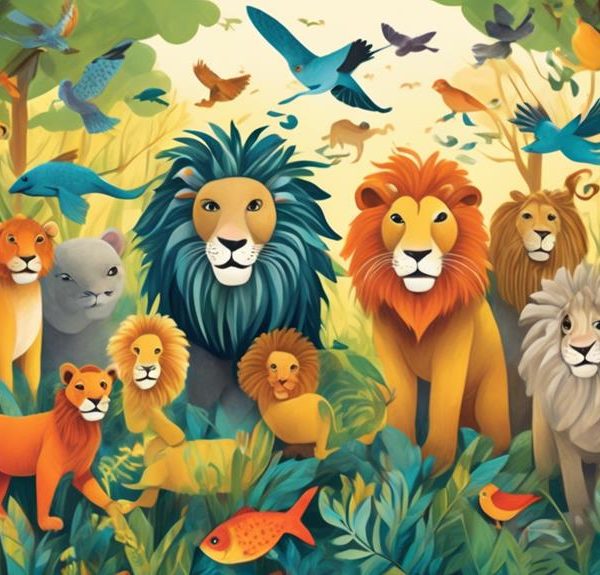
Sign up